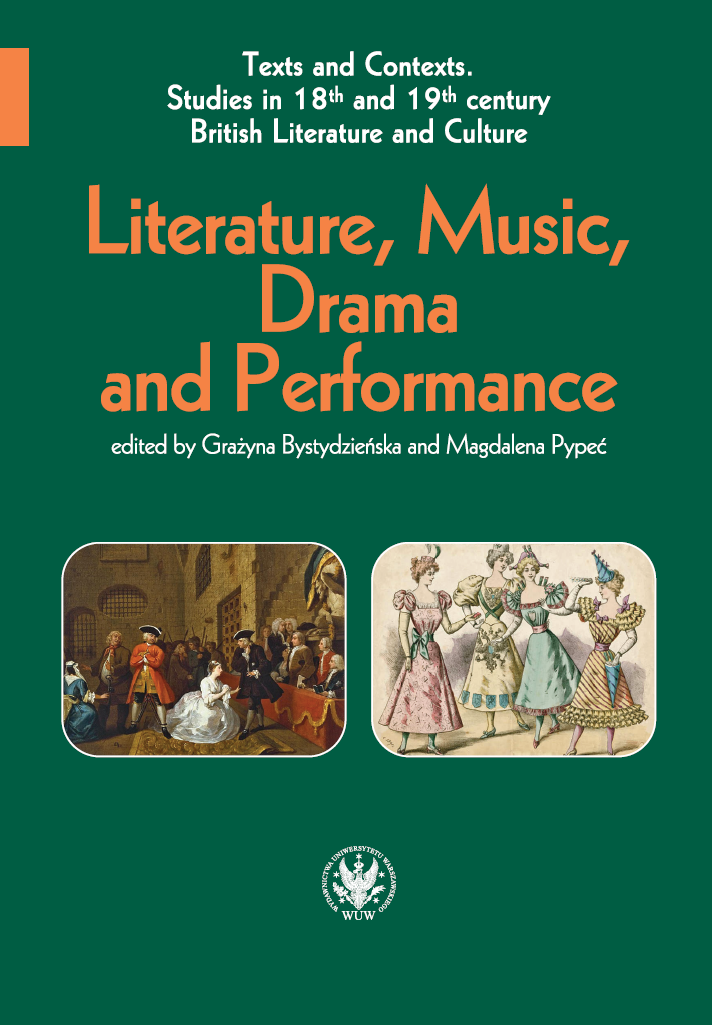Disharmonious Harmonies. Music in Charles Dickens’s "The Mystery of Edwin Drood"
Disharmonious Harmonies. Music in Charles Dickens’s "The Mystery of Edwin Drood"
Author(s): Joanna Kokot
Subject(s): Cultural history, Theoretical Linguistics, Applied Linguistics, Philology, British Literature
Published by: Wydawnictwa Uniwersytetu Warszawskiego
Keywords: Charles Dickens; Edwin Drood; music; harmony; discordance; criminal puzzle
Summary/Abstract: The paper will analyse the role of music in Dickens’s last and unfinished novel and its relation to the criminal puzzle which – for obvious reason – was left unsolved. Contrary to the traditional cultural associations (harmony, beauty, order), music in "The Mystery of Edwin Drood" is related to darkness which shrouds the places where it is performed (the cathedral, Jasper’s room), it also functions as the background of various disharmonies (physical indisposition, quarrel, signs of hatred, fear). The theme of the only two religious songs that are referred to is sin and wickedness. Considering the fact that music is John Jasper’s domain, the discordance not only functions as an “ethical metaphor” and externalization of the man’s character but it also points to him as the murderer of his nephew. On the other hand, the aforementioned songs foreground the motif of repentance or turning away from sin, which undermines the ostensibly obvious conclusions concerning Jasper’s guilt. Like in a detective novel of the (much later) Golden Age period, the hints prompting the solution of the puzzle are provided here, though they are not univocal, leaving a shadow of doubt as to the guilt of the most obvious suspect. Yet, contrary to the conventions of the genre, they appear rather on the implied level of communication, available to the implied reader deciphering textual patterns and not merely “observing” the presented reality.
Book: Literature, Music, Drama and Performance
- Page Range: 67-80
- Page Count: 14
- Publication Year: 2019
- Language: English
- Content File-PDF

